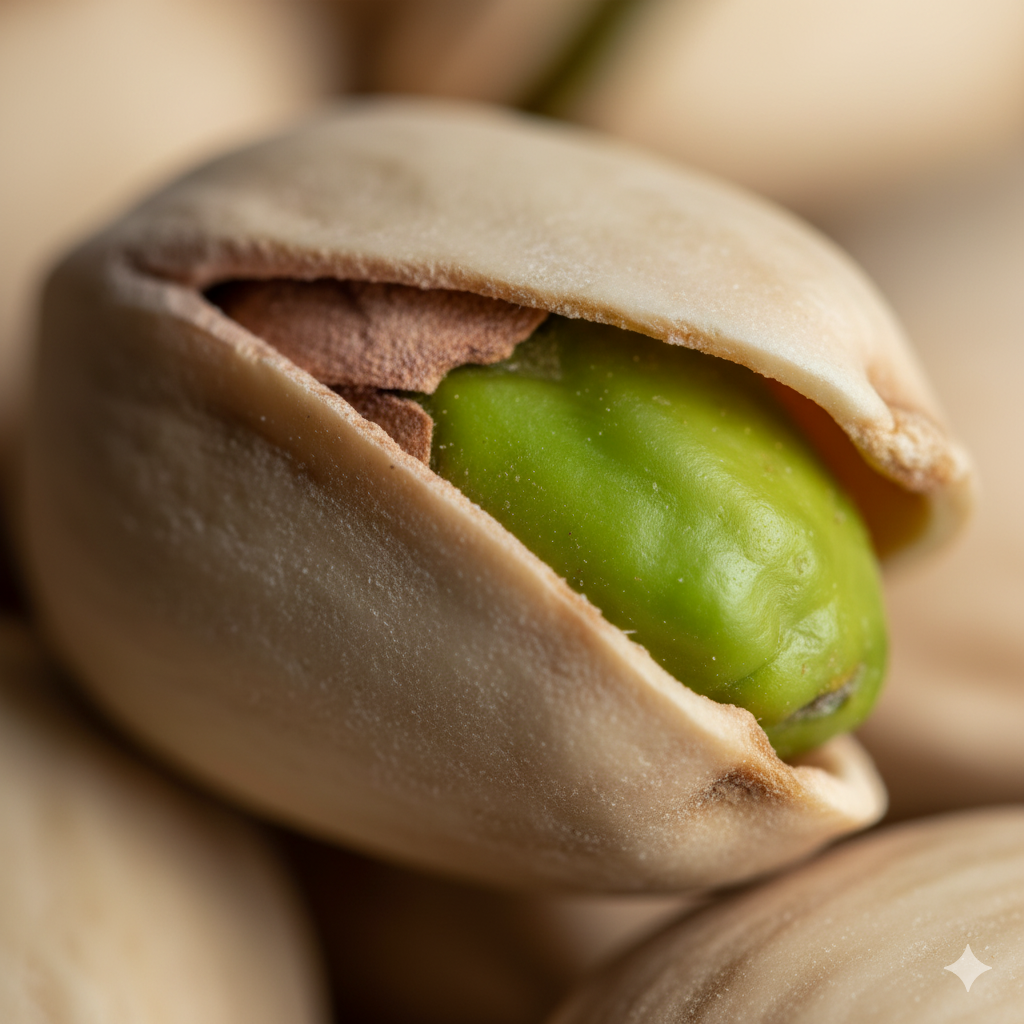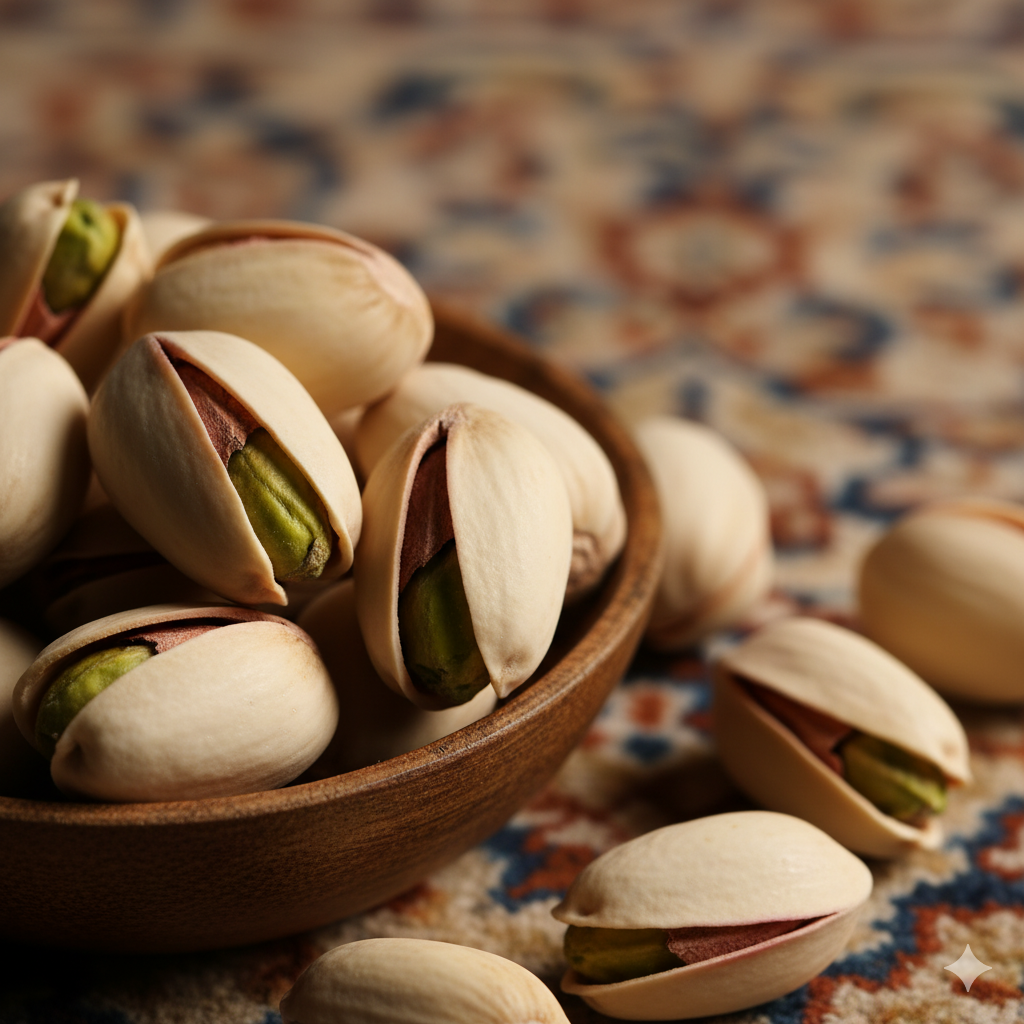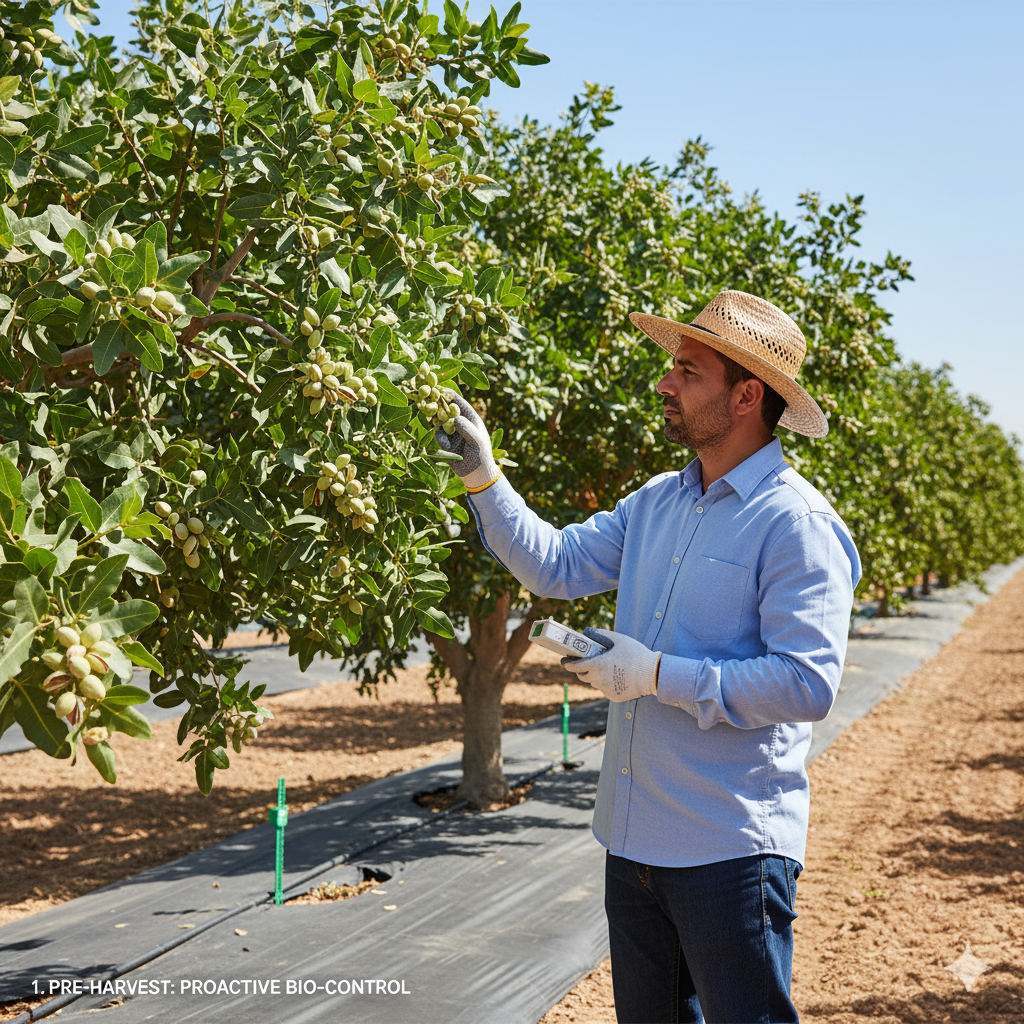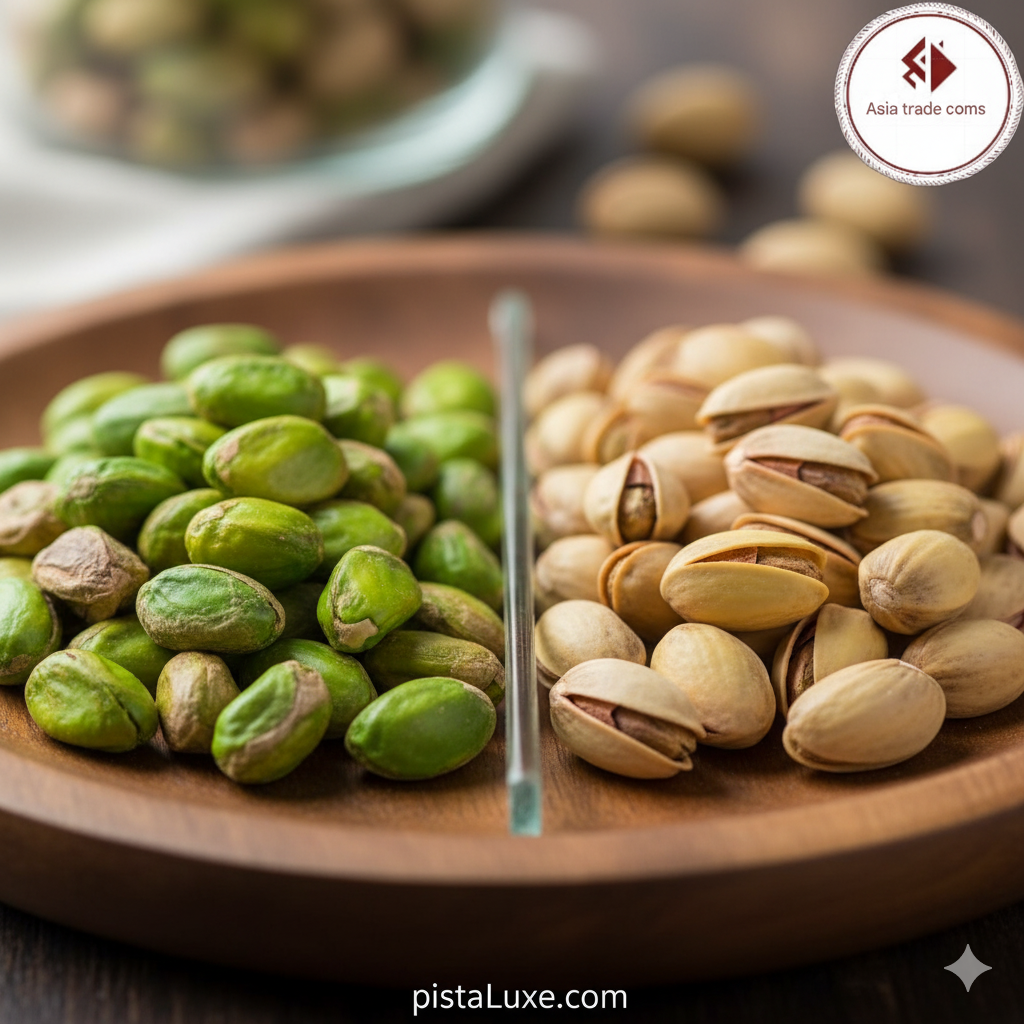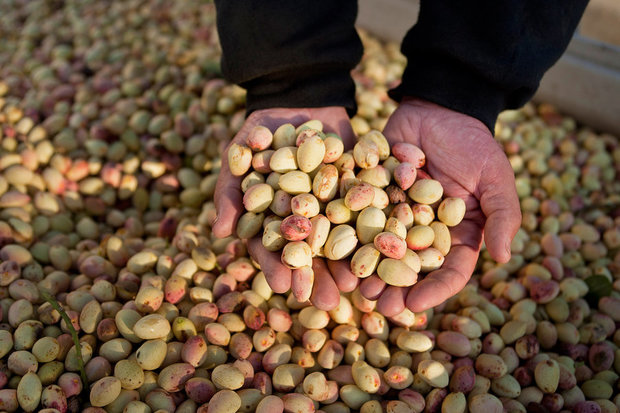
The Green Gold: Pistachios’ Global Journey from Ancient Delicacy to Modern Staple
Pistachios, often referred to as “green gold” due to their vibrant color and significant economic value, have traversed centuries and continents, evolving from an ancient delicacy to a modern global staple. Their unique flavor, versatile applications, and impressive nutritional profile have cemented their place in cultures and cuisines worldwide. This article delves into the multifaceted position of pistachios across various nations, exploring their historical roots, economic impact, and enduring appeal.
A Glimpse into History: The Cradle of Pistachios
The pistachio’s journey began in the Middle East, specifically in regions encompassing modern-day Iran, Afghanistan, and Central Asia, dating back to 7000 B.C. Ancient civilizations revered pistachios not only for their taste but also for their medicinal properties. They were a prized food for royalty, travelers, and soldiers, serving as a vital source of energy and nutrients. The Queen of Sheba reportedly demanded all pistachios for her court, prohibiting commoners from cultivating them. Legend even speaks of the “hush-hush” pistachio, where lovers would listen to the cracking of the nuts under the moonlight, believing it would bring them good fortune.
From their origins, pistachios spread along the Silk Road, reaching the Mediterranean and eventually Europe. The Roman Empire introduced pistachios to Italy in the 1st century AD, appreciating their exotic allure. However, it wasn’t until the 19th and 20th centuries that large-scale cultivation expanded to new territories, notably the United States.
Economic Powerhouse: Pistachios in the Global Market
Today, pistachios are a multi-billion dollar industry, with their cultivation and trade forming a significant part of the agricultural economies of several countries.
- Iran: Historically the largest producer, Iran’s pistachios are renowned for their distinctive taste and quality, often associated with traditional Iranian cuisine and cultural practices. Despite challenges, Iranian pistachios remain highly sought after in global markets, particularly in Asia and Europe.
- United States (California): The US emerged as a major player in the latter half of the 20th century, primarily due to extensive agricultural development in California. American pistachios are known for their consistent quality, larger size, and efficient production methods, dominating markets in North America and increasingly in Europe.
- Turkey: Another traditional producer, Turkey contributes significantly to the world’s pistachio supply, with a focus on smaller, intensely flavored nuts often used in local sweets like baklava and lokum.
- Other Producers: Countries like Syria, Greece, Italy, and China also contribute to the global supply, each with unique regional varieties and cultivation methods.
The demand for pistachios continues to grow, driven by rising consumer awareness of their health benefits and their increasing use in various food products, from snacks and desserts to savory dishes and even beverages.

Cultural Significance and Culinary Versatility
Beyond economics, pistachios hold deep cultural significance in many nations. In the Middle East and parts of Asia, they are integral to celebrations, religious festivals, and daily life, symbolizing prosperity and hospitality. They are a staple in:
- Desserts: Baklava, halva, ice cream, and countless pastries owe much of their allure to the distinct crunch and flavor of pistachios.
- Snacks: Roasted and salted, they are a popular and healthy snack enjoyed across the globe.
- Savory Dishes: From Persian pilafs to Italian mortadella, pistachios add a sophisticated flavor and texture.
- Confectionery: Chocolates, nougats, and other sweets often feature pistachios as a premium ingredient.
The versatility of pistachios allows them to seamlessly integrate into diverse culinary traditions, from ancient recipes to modern gastronomic innovations.
Nutritional Goldmine: Health Benefits Driving Demand
The surging global demand for pistachios is also propelled by their impressive nutritional profile. They are packed with:
- Protein and Fiber: Contributing to satiety and digestive health.
- Antioxidants: Such as lutein and zeaxanthin, beneficial for eye health.
- Vitamins and Minerals: Including Vitamin B6, thiamine, copper, and manganese.
- Healthy Fats: Primarily monounsaturated and polyunsaturated fats, which are heart-healthy.
These health benefits position pistachios as a smart choice for health-conscious consumers, further solidifying their place in the daily diets of people worldwide.
Conclusion: A Nut with a Global Footprint
From the ancient orchards of Persia to the modern farms of California, the pistachio’s journey is a testament to its enduring appeal and economic importance. It is more than just a nut; it is a symbol of rich cultural heritage, a pillar of agricultural economies, and a powerhouse of nutrition. As global tastes evolve and health consciousness grows, the “green gold” is set to maintain, and likely enhance, its esteemed position in the diets and economies of nations worldwide. Its history is deep, its present is thriving, and its future looks as green and promising as the nut itself.
For purchasing pistachios and dried fruits, contact Mr. RavanShad via WhatsApp at +989214773705.


